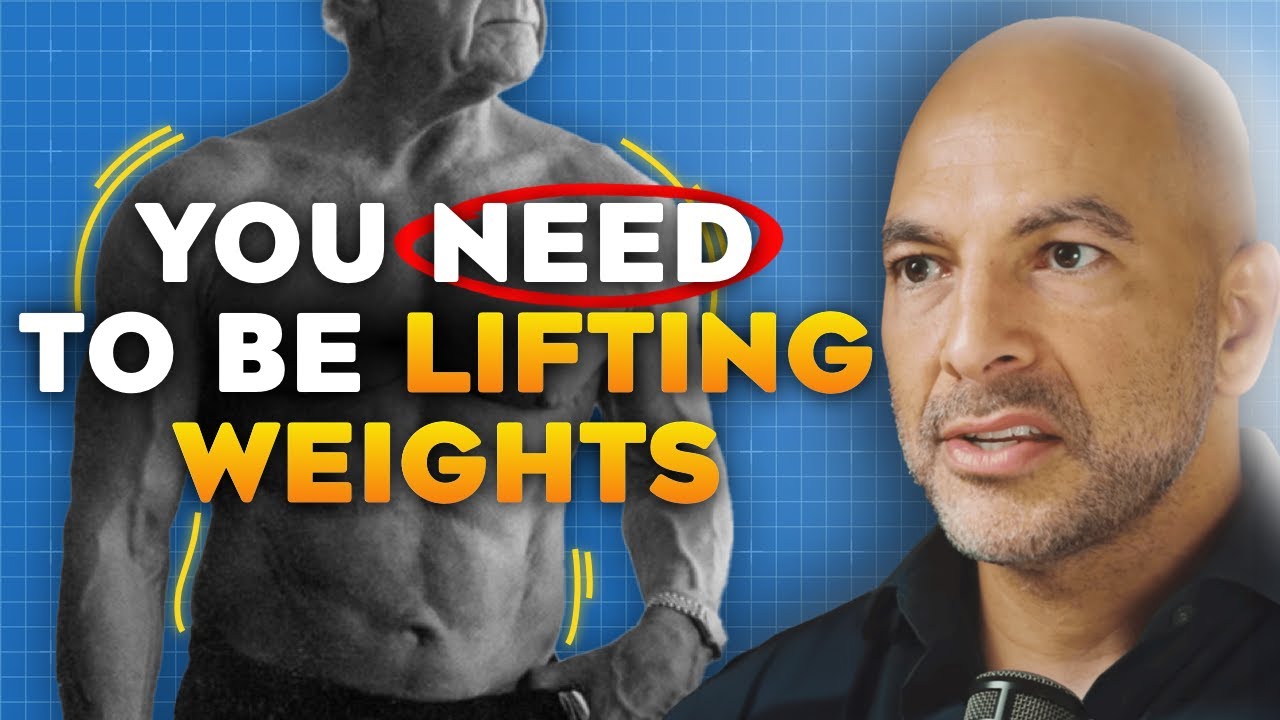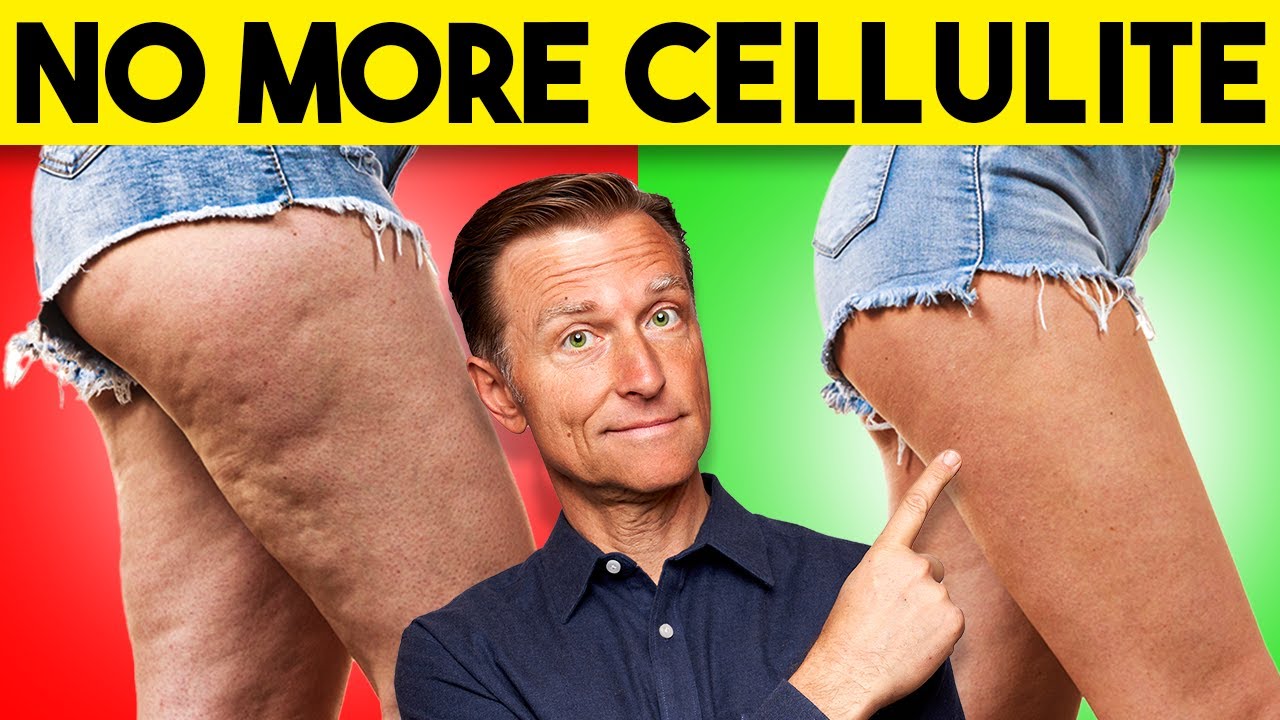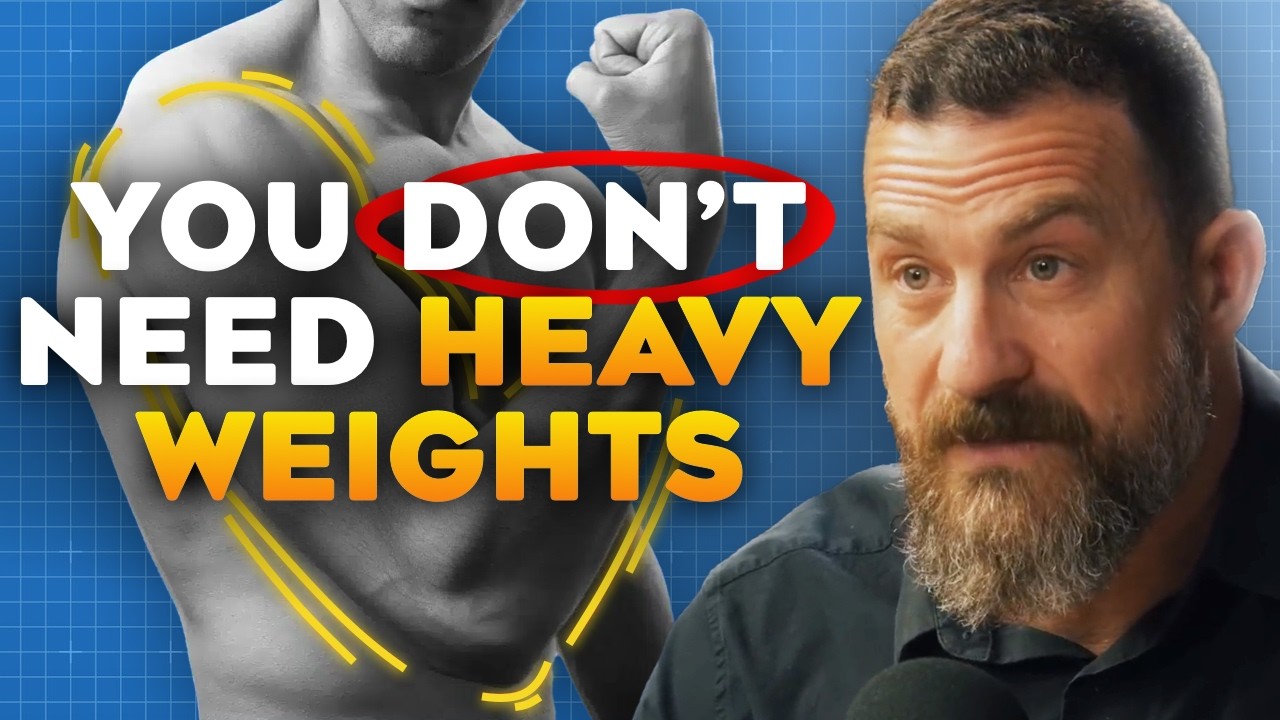If you’re serious about living a longer, healthier, more independent life, strength training isn’t optional—it’s essential. Across decades of clinical experience and research-backed practice, I can confidently say that no single intervention matches the broad benefits of resistance training, especially when it comes to aging gracefully, reducing chronic disease risk, and maintaining vitality into your 70s, 80s, and beyond.
Whether you’re in your 20s or your 80s, building and preserving muscle through strength training is one of the smartest things you can do for your future health. Let’s unpack why.

The Longevity Link: Why Strength Is the New Vital Sign
Think of strength training as your retirement plan for physical health. Just like saving early builds financial security, training early (and consistently) protects your body as you age. But here’s the encouraging part—it’s never too late to start.
Data from large-scale studies have shown that muscle strength—especially relative strength, like how quickly you can rise from a chair or how long you can maintain a dead hang—correlates strongly with lower all-cause mortality. In fact, having above-average muscle strength is associated with up to a threefold reduction in risk of death compared to those with low strength.
That’s not hyperbole—it’s science.
Cardiorespiratory Fitness: The Other Half of the Equation
Cardiorespiratory fitness, commonly measured by VO2 max, also plays a crucial role in longevity. Research shows that individuals in the top 2.5% of VO2 max levels have up to a fivefold reduction in all-cause mortality compared to those in the lowest quartile.
To put that in perspective, the mortality risk reduction from elite fitness is significantly greater than the risk increase associated with smoking or type 2 diabetes. That’s powerful motivation to prioritize both aerobic and resistance training in your weekly routine.
Expert Tip:
Incorporate strength training three times a week, paired with 2–3 moderate-intensity cardio sessions such as brisk walking, cycling, or swimming. This balanced approach promotes both muscular and cardiovascular resilience.

The Fall Factor: Why Muscle Mass Protects You from Injury
One of the leading causes of hospitalization and long-term disability in adults over 65 is falling. Nearly 95% of hip fractures in seniors are caused by falls, and many of those are due to a combination of poor balance, reduced reactivity, and muscle atrophy—especially of fast-twitch (Type 2) muscle fibers responsible for explosive movement.
Strength training helps reverse frailty by improving:
- Bone density
- Muscular power
- Joint stability
- Neuromuscular control
A simple misstep off a curb might be nothing to a strong, well-trained adult, but without those muscle fibers firing properly, the same misstep can mean a fractured hip and months of lost independence.
Functional Movement Tip:
Practice sit-to-stand drills, step-ups, and single-leg balance exercises to target lower-body strength and reactivity. These are especially critical for fall prevention in older adults.

It’s Never Too Late: Muscle Gains After 70
Some of the most exciting findings in resistance training research come from older adults. In a controlled study, individuals in their late 70s and early 80s followed a six-week resistance training program. The results? An 8% increase in leg strength, nearly identical to the gains seen in much younger participants.
Muscle tissue remains adaptable throughout life. Even among people in their 80s, resistance training can build new muscle and strength, reversing decades of decline.
Nutrition Tip:
To support muscle protein synthesis, aim for 25–30 grams of high-quality protein per meal. Sources like pasture-raised eggs, wild salmon, Greek yogurt, and lean poultry are excellent choices post-training.
The Power of Type 2 Muscle Fibers
As we age, we naturally lose Type 2 muscle fibers—those responsible for strength and power. But resistance training can slow or even reverse this process. One study found that men aged 60 to 73 increased their Type 2 fiber size by 27% after just 13 weeks of progressive resistance training.
These powerful fibers are critical not just for athletic performance, but also for functional tasks like climbing stairs, catching yourself when you trip, or carrying groceries.
Training Tip:
Incorporate movements that build explosive strength, such as medicine ball slams, kettlebell swings, or even modified jump squats—adapted to your ability level and injury history.

Injury Prevention Through Smarter Strength Training
While strength training is profoundly beneficial, it must be approached with care—especially as we age. The most common reason for injury is ramping up intensity too quickly. Instead, progress by gradually increasing frequency, then duration, and finally load.
Equally important is improving neuromuscular control—your brain’s ability to coordinate muscles during complex movements. Lack of this control is a major reason older adults experience falls or strength training injuries.
Expert Safety Strategy:
- Focus on eccentric control—the lowering phase of movements like squats and presses.
- Prioritize movement quality over heavy loads.
- Use unilateral exercises (like single-arm or single-leg variants) to identify and correct asymmetries.
Smarter Substitutions for Safe Strength
Classic barbell lifts aren’t the only path to progress. Safer variations can achieve the same goals with less injury risk:
- Floor press instead of bench press
- Goblet squats or split squats instead of heavy barbell squats
- Trap bar deadlifts or single-leg RDLs in place of conventional deadlifts
These alternative lifts offer stability and control while still challenging the muscles effectively.

Final Thoughts: Invest in Your Strength, Invest in Your Future
Muscle is more than a mirror metric—it’s your greatest ally in fighting aging, disease, and decline. It protects your bones, stabilizes your joints, boosts metabolic health, and improves your ability to live life on your terms.
And just like saving money, the earlier you start building strength, the better off you’ll be. But even if you’re starting in midlife or beyond, it’s never too late to gain ground. Every rep, every set, every session is an investment in your healthspan—not just your lifespan.



